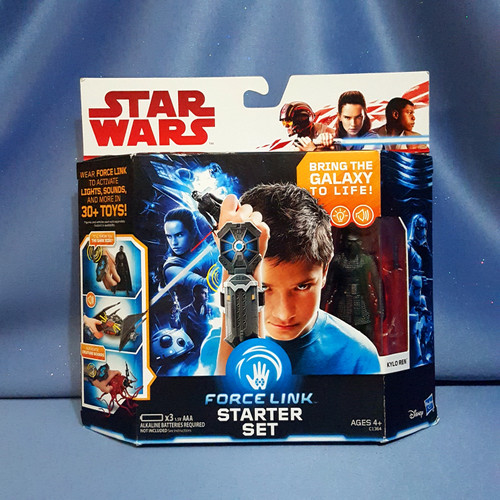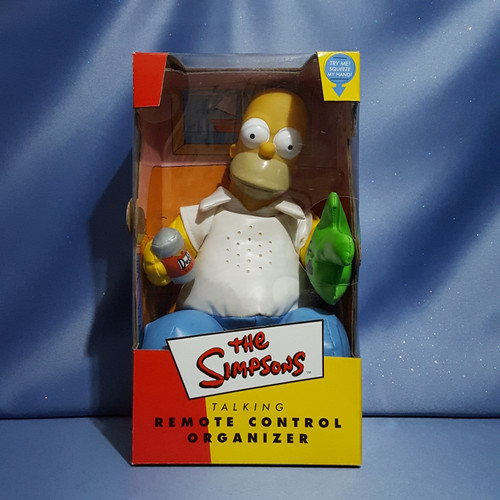Interactive Figures
Interactive fiction, often abbreviated IF, is software simulating environments in which players use text commands to control characters and influence the environment. Works in this form can be understood as literary narratives, either in the form of Interactive narratives or Interactive narrations. These works can also be understood as a form of video game either in the form of an adventure game or role-playing game. In common usage, the term refers to text adventures, a type of adventure game where the entire interface can be "text-only" however, Graphical text adventure games, where the text is accompanied by graphics (still images, animations or video) still fall under the text adventure category if the main way to interact with the game is by typing text. Some users of the term distinguish between interactive fiction, known as "Puzzle free", that focuses on narrative, and "text adventures" that focus on puzzles.
Due to their text-only nature, they sidestepped the problem of writing for widely divergent graphics architectures. This feature meant that interactive fiction games were easily ported across all the popular platforms at the time, including CP/M (not known for gaming or strong graphics capabilities). The number of interactive fiction works is increasing steadily as new ones are produced by an online community, using freely available development systems.
The term can also be used to refer to digital versions of literary works that are not read in a linear fashion, known as gamebooks, where the reader is instead given choices at different points in the text; these decisions determine the flow and outcome of the story. The most famous example of this form of printed fiction is the Choose Your Own Adventure book series, and the collaborative "addventure" format has also been described as a form of interactive fiction. The term Interactive fiction is sometimes used wrongly as a synonym for interactive movies or visual novels (a popular style of entertainment software in Japan) which are alternative forms of interactive narrative.




















